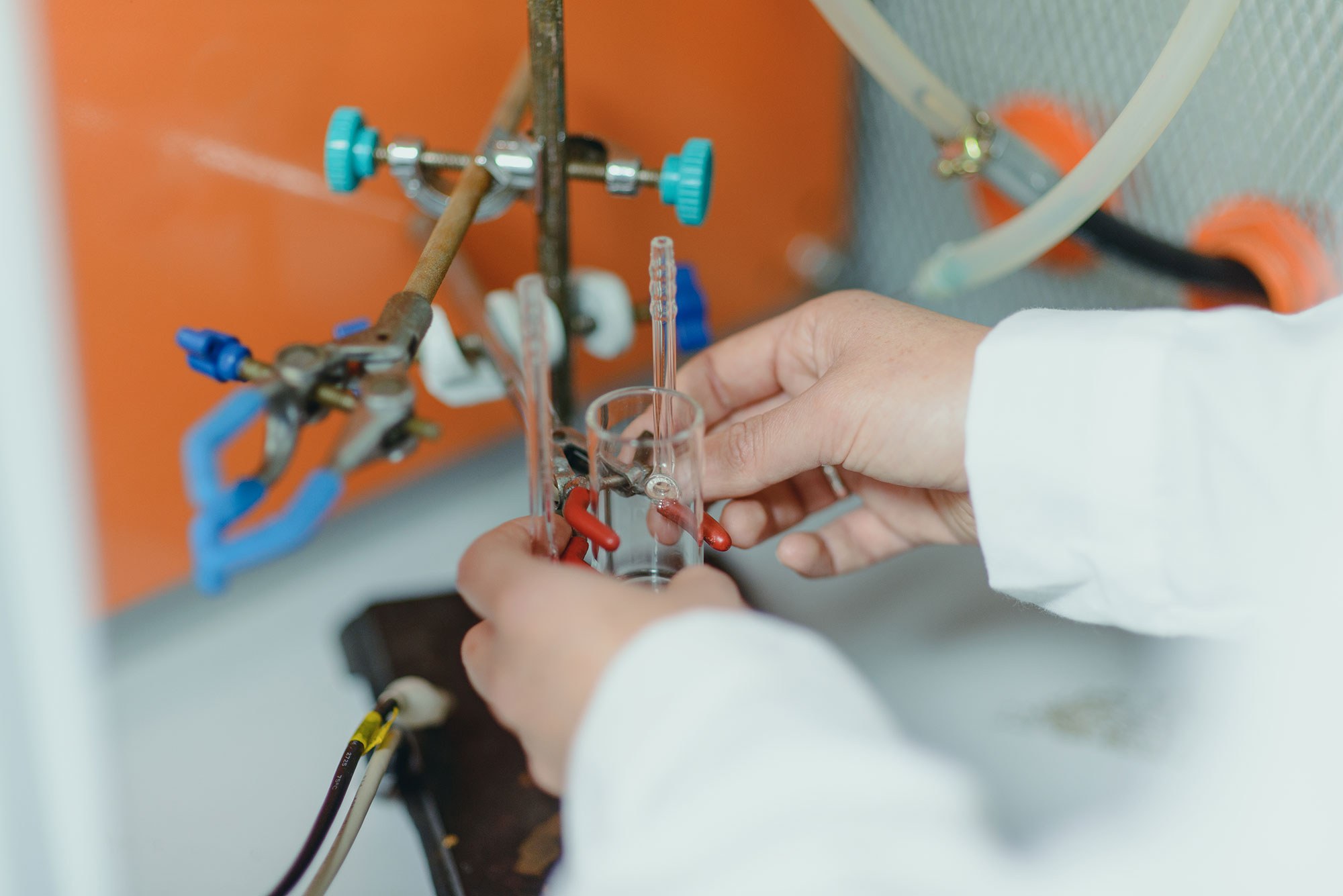Tangarife, E., Gonzalez, R. I., Cardenas, C., Bringa, E. M., & Munoz, F. (2019). Molecular simulations of carbon allotropes in processes with creation and destruction of chemical bonds. Carbon, 144, 177-184. https://doi.org/10.1016/j.carbon.2018.11.081
Abstract: The development of sophisticated interatomic potentials for classical molecular dynamics and Monte Carlo simulations has several advantages, but also some drawbacks. One of them is the increase in their complexity, which could lead to unphysical results when used beyond the scope for which they were intended. AIREBO and REBO2 [1, 2] are among the most popular potentials for carbon simulations and they employ an auxiliary function called the switching function. While this function develops unrealistic large forces in situations involving bond breaking, it exists for a good reason: to avoid a discontinuity of the potential energy. In this work we show that disabling or modifying carelessly the switching function, as it is often done, is not a good practice and must be avoided. There are some good alternatives developed in recent years, like the REBO2-scr potential [3] based on a modified bond breaking scheme. We also compare and discuss the use of several potentials for some carbon allotropes in situations of creation and destruction of chemical bonds.
Rafael González
rafael.gonzalez@umayor.cl


